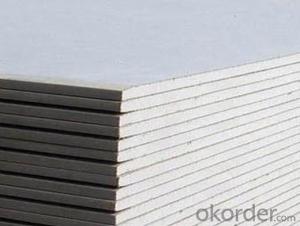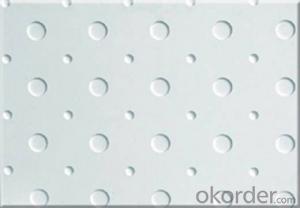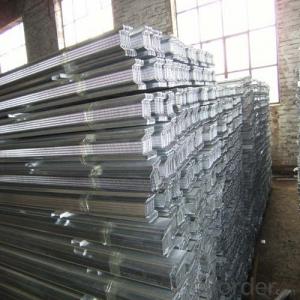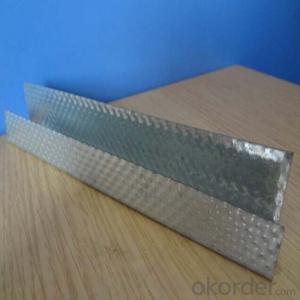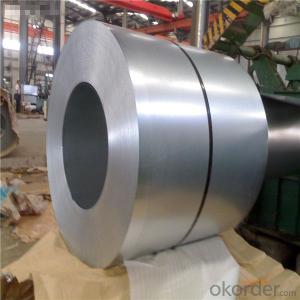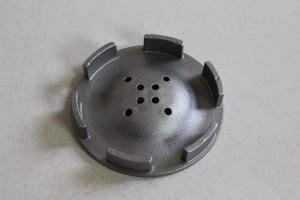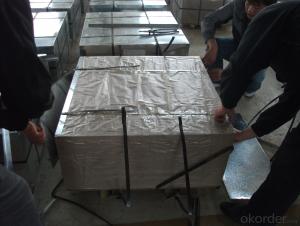Stainless Steel Material
Stainless Steel Material Related Searches
Raw Material For Solar Cells Ac Inverter For Solar Panels Plastic Wall Coverings For Bathrooms Fiberglass Sheets For Roofing Heat Reflective Material For Roof Wall Panels For Basement Felt Paper For Roofing Retaining Wall With Geogrid Plastic Coated Steel Roofing Sheets High Quality Roofing FeltHot Searches
Steel Mesh Panels For Sale Cheap High Tea Sets For Sale Cheap Solar Cells For Sale Q Cells Solar Panels For Sale Used Foam Board Insulation For Sale Welded Wire Panels For Sale Types Of Temporary Side Panels For Cement Deck Fiberglass Panels For Sale Magnesium Oxide Board For Sale Hdf Board For Sale sintra board for sale Cheap Mini Laptops For Sale Plywood For Sale Cheap Sandwich Panels For Sale resin panels for sale Cheap Washers For Sale Cheap Tall Vases For Sale Eps Panels For Sale Air Conditioner For Cheap Prices Gypsum Board Price Per Sheet In IndiaStainless Steel Material Supplier & Manufacturer from China
Okorder.com is a professional Stainless Steel Material supplier & manufacturer, offers integrated one-stop services including real-time quoting and online cargo tracking. We are funded by CNBM Group, a Fortune 500 enterprise and the largest Stainless Steel Material firm in China.Hot Products
FAQ
- Yes, stainless steel pipes can be used for oil and gas refineries. Stainless steel offers excellent corrosion resistance, high strength, and durability, making it suitable for handling various corrosive fluids and gases in the refining process. Additionally, stainless steel pipes can withstand high temperatures and pressures, ensuring the safe and efficient transportation of oil and gas in refineries.
- Yes, stainless steel pipes can be used for exhaust systems. Stainless steel is a popular material for exhaust systems due to its high resistance to corrosion and heat. It can withstand the extreme temperatures and harsh conditions that exhaust systems are subjected to, making it a durable and long-lasting option. Stainless steel pipes also have the advantage of being lightweight, which can help improve the performance of the exhaust system. Additionally, stainless steel pipes can be easily bent and shaped, allowing for customization to fit different vehicle models and configurations. Overall, stainless steel pipes are a reliable choice for exhaust systems, providing excellent performance and longevity.
- To calculate the flow velocity in stainless steel pipes, you need to consider several factors. Firstly, you need to know the flow rate or volumetric flow rate (Q) of the fluid passing through the pipe. This can be determined by measuring the volume of fluid passing through the pipe per unit time. Next, you need to determine the cross-sectional area (A) of the pipe. For a circular pipe, this can be calculated using the formula A = πr², where r is the radius of the pipe. Once you have the flow rate (Q) and the cross-sectional area (A), you can calculate the flow velocity (V) using the formula V = Q / A. It is important to note that the flow velocity may vary along the length of the pipe due to factors such as friction and changes in pipe diameter. In such cases, more advanced calculations or simulations may be necessary to accurately determine the flow velocity at specific points within the pipe. Additionally, it is essential to consider the properties of the fluid being transported, such as viscosity and density, as they can also affect the flow velocity.
- What's the difference between stainless steel 304 and stainless steel 202?
- 304 stainless steel is a common stainless steel material, the density of 7.93 g/cm3, the industry is also called 18/8 stainless steel. High temperature resistance of 800 degrees, with good processability, high toughness characteristics, widely used in industry and furniture decoration industry and food and medical industry. The common marking methods in the field are 0Cr18Ni9, SUS304.
- 304L and 316L are both types of stainless steel pipes, but they differ in terms of their chemical composition and specific properties. 304L stainless steel is a low carbon variation of 304 stainless steel, which means it has a lower carbon content. This makes it more resistant to sensitization, which is the formation of chromium carbide at grain boundaries, leading to intergranular corrosion. Due to its lower carbon content, 304L stainless steel pipes are commonly used in environments where sensitization is a concern, such as in welding applications or in corrosive environments. On the other hand, 316L stainless steel is an austenitic stainless steel that contains molybdenum, which gives it improved corrosion resistance compared to 304L stainless steel. The addition of molybdenum enhances its resistance to pitting and crevice corrosion, making it suitable for use in more aggressive environments such as marine environments or chemical processing plants. In terms of mechanical properties, 316L stainless steel pipes generally have higher tensile strength and yield strength compared to 304L stainless steel pipes. This makes 316L stainless steel pipes more suitable for applications requiring higher strength and durability. In summary, the main difference between 304L and 316L stainless steel pipes lies in their chemical composition and corrosion resistance properties. 304L stainless steel pipes are more resistant to sensitization, while 316L stainless steel pipes offer higher corrosion resistance, particularly in more aggressive environments. The choice between the two types depends on the specific application requirements and the environment in which the pipes will be used.
- Yes, stainless steel pipes can be used for wastewater treatment systems. Stainless steel is a highly durable and corrosion-resistant material, making it an ideal choice for pipes in harsh environments such as wastewater treatment plants. These pipes can withstand the corrosive nature of wastewater, including the presence of chemicals and different pH levels. Stainless steel pipes also have a smooth surface, which helps to minimize the accumulation of waste and bacteria, ensuring the efficient flow of wastewater through the system. Additionally, stainless steel is easy to clean and maintain, making it a cost-effective and reliable choice for wastewater treatment systems.
- Yes, stainless steel pipes are suitable for underground water supply. Stainless steel is highly resistant to corrosion and rust, making it an ideal material for underground applications where pipes may be exposed to moisture, soil, and other corrosive elements. Stainless steel pipes are durable, long-lasting, and have a high tensile strength, which makes them able to withstand the pressure and stress of underground installations. Additionally, stainless steel pipes are hygienic and do not leach harmful chemicals or contaminants into the water supply. Overall, stainless steel pipes are a reliable and safe option for underground water supply systems.
- 316 stainless steel pipe wall mirror polishing, the smaller the roughness, the better.
- Steel pipe is purchased separately, and then polished to find manufacturers alone, can meet the requirements,The cost is very high. To tell you the truth, I don't know.Specializing in sanitary stainless steel tube, stainless steel tube, precision sanitary stainless steel tube and stainless steel tube precision tube production and sales, the main material: stainless steel material: 0Cr18Ni9 (304 stainless steel tube) and 00Cr19Ni10 (304L stainless steel tube (316), stainless steel tube), 00Cr17Ni14Mo2 (GB 316L stainless steel tube), the products are widely used in instrumentation pharmaceutical machinery, food machinery, auto parts, pneumatic components, beverage, beer, drinking water, air purification and biological engineering and other fields.
